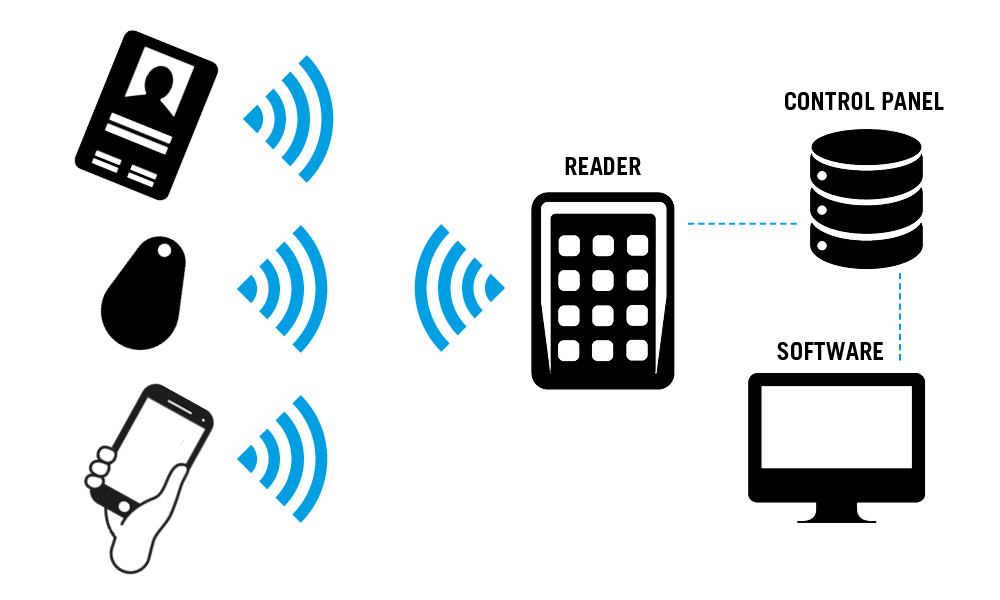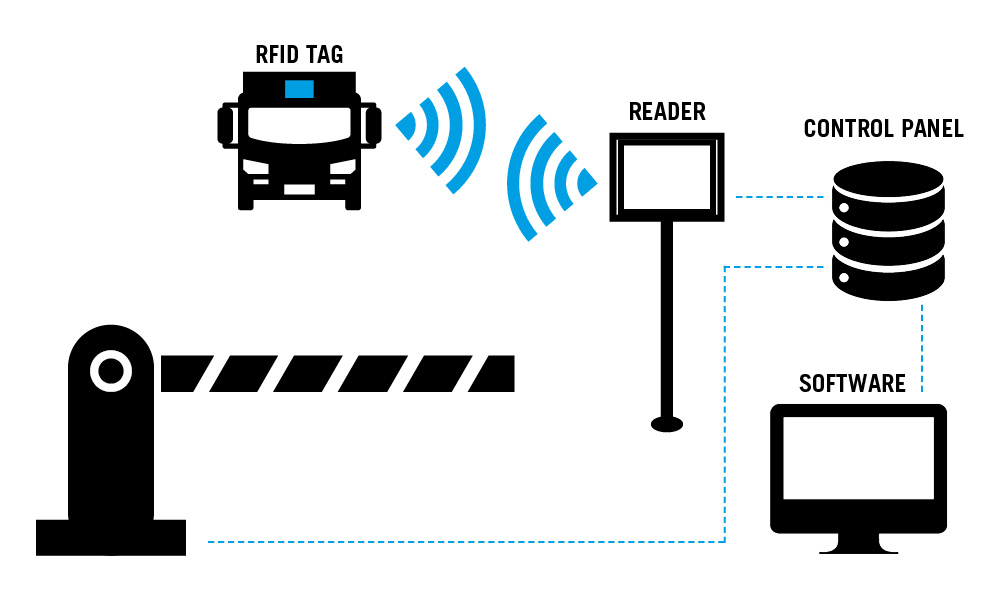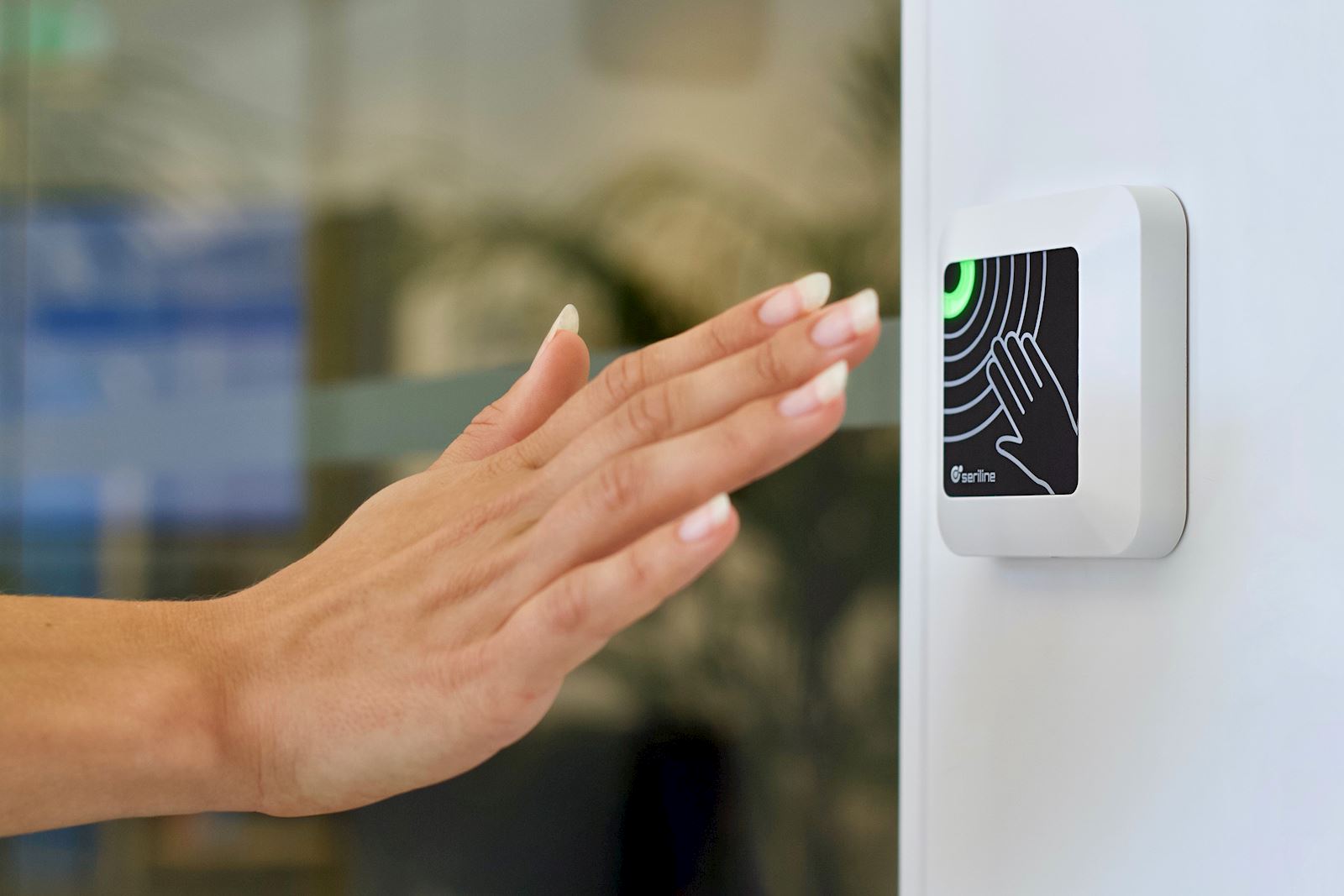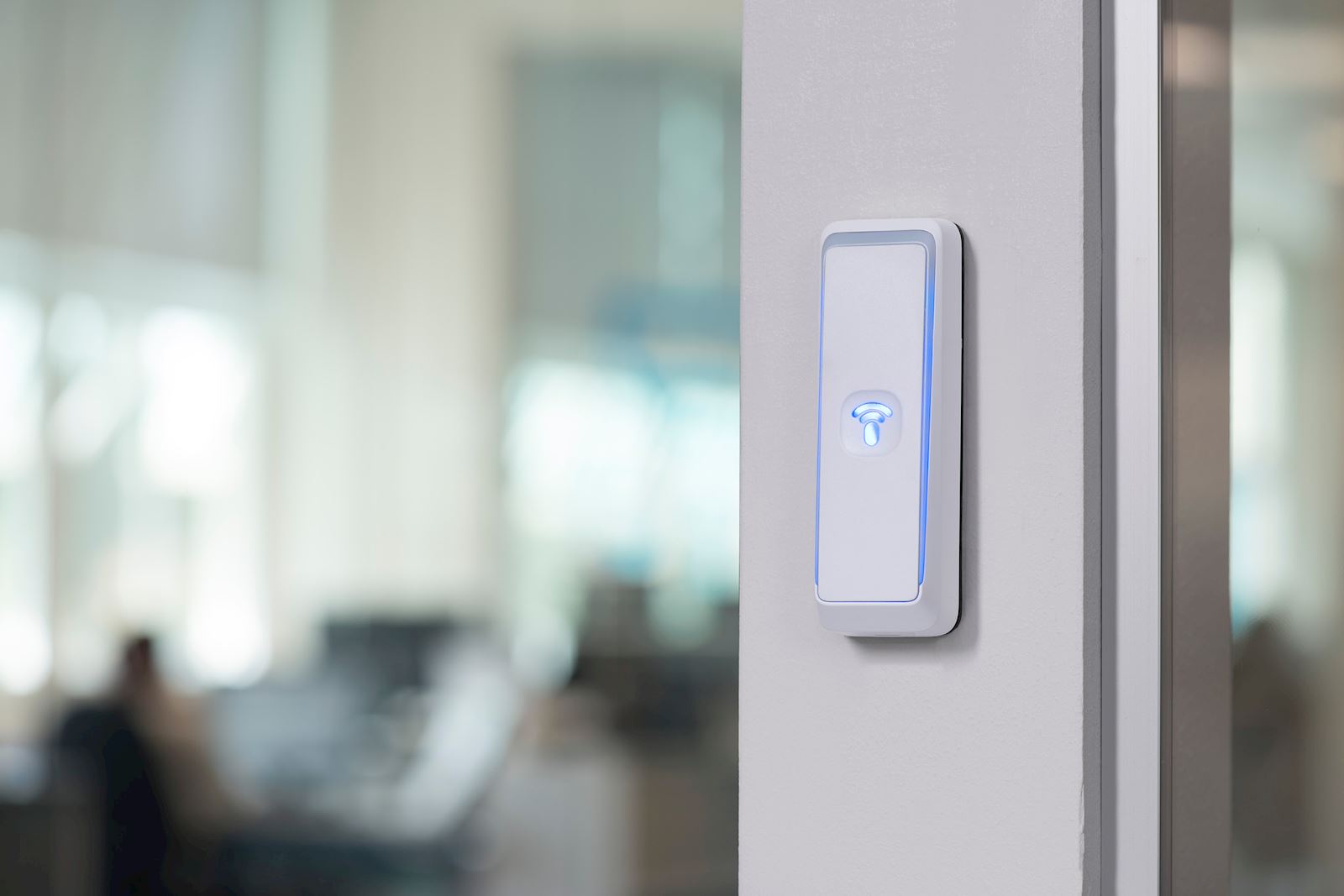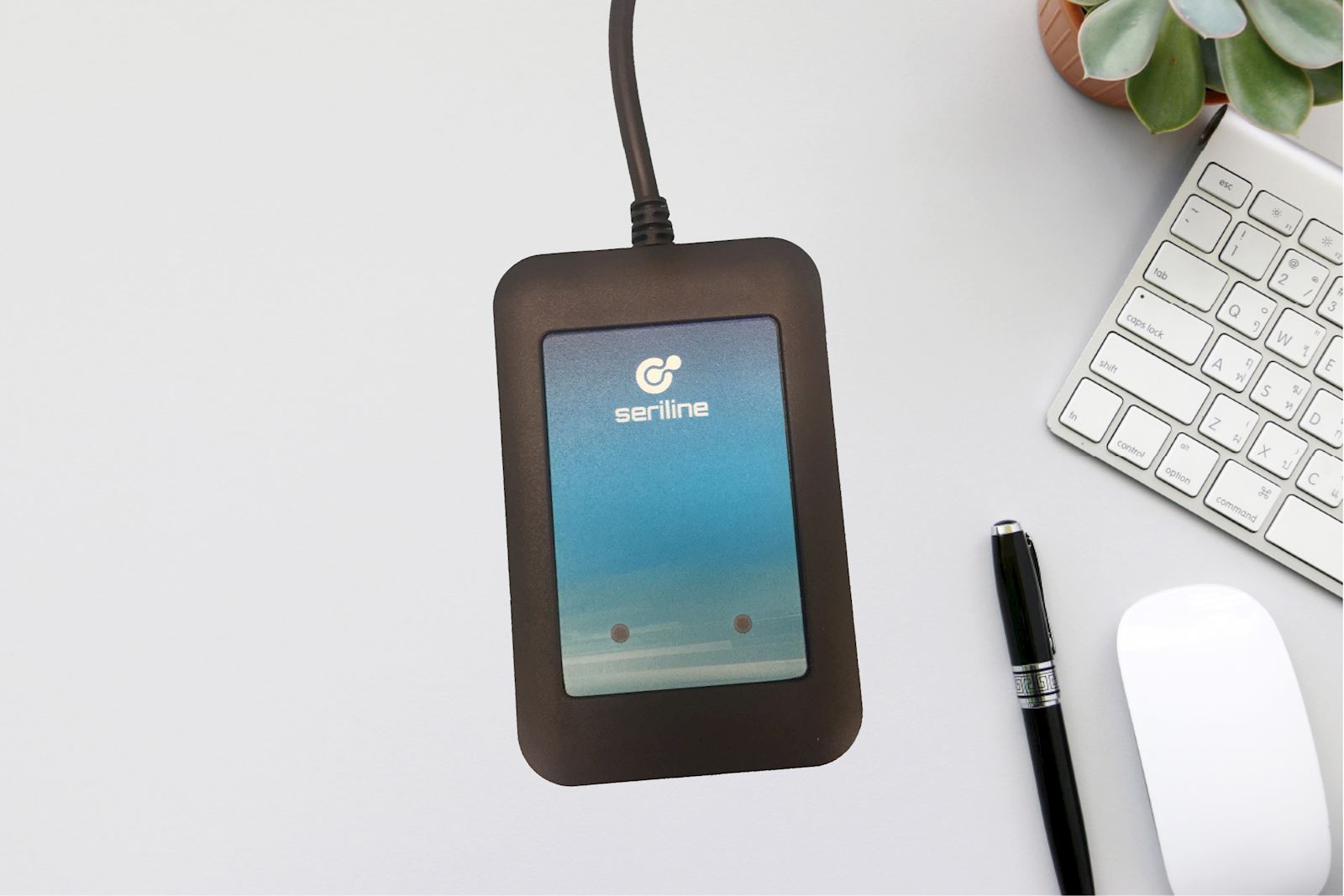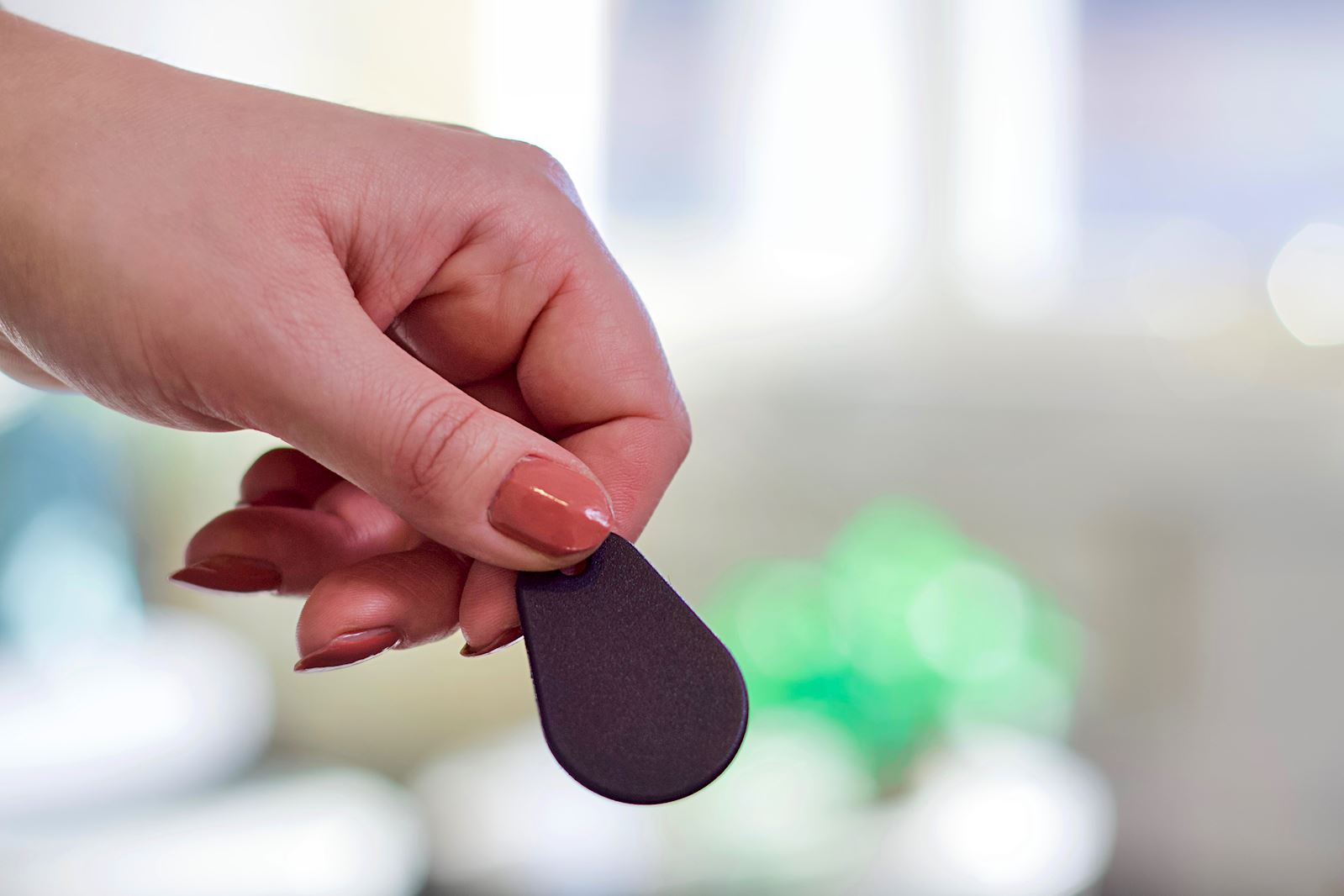-
Products
Go back
- Areas of use
- Camera Surveillance Signs
- Card accessories
- Cidron
- Fido2
- Keyfobs
- Ordering portal - Serix Online
- Parking systems
- Personalization of products
- Plastic card printers
- Plastic cards
- Readers
- REX buttons
- Terminals
Go back
-
Solutions
Go back
- Superior system - Serix IAM
- Ordering portal - Serix Online
- Secure Identities - Serix ID
- Visitor management system - Visitor
- PhotoID Systems
- Fido2
- Internet Of Thing - Serix IoT
- Areas of use
Go back
-
Support
Go back
- Support
- Start remote control
-
Customer Cases
Go back
- News
- Log in

